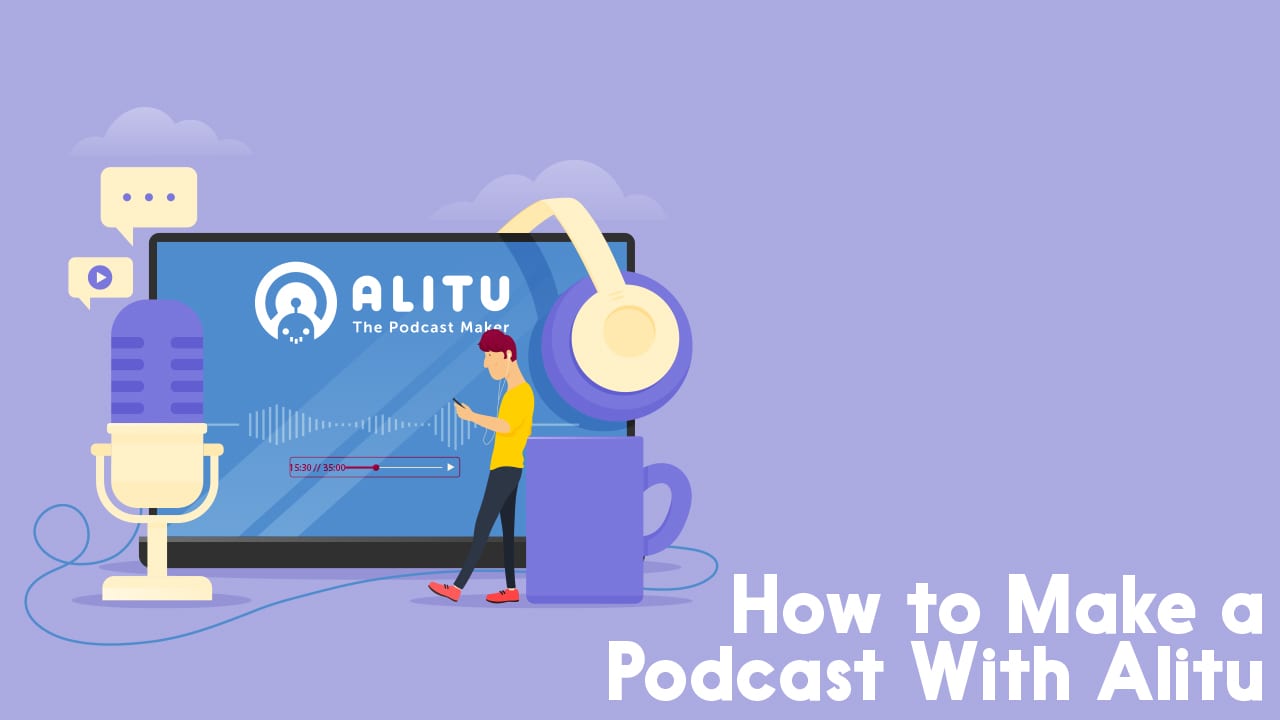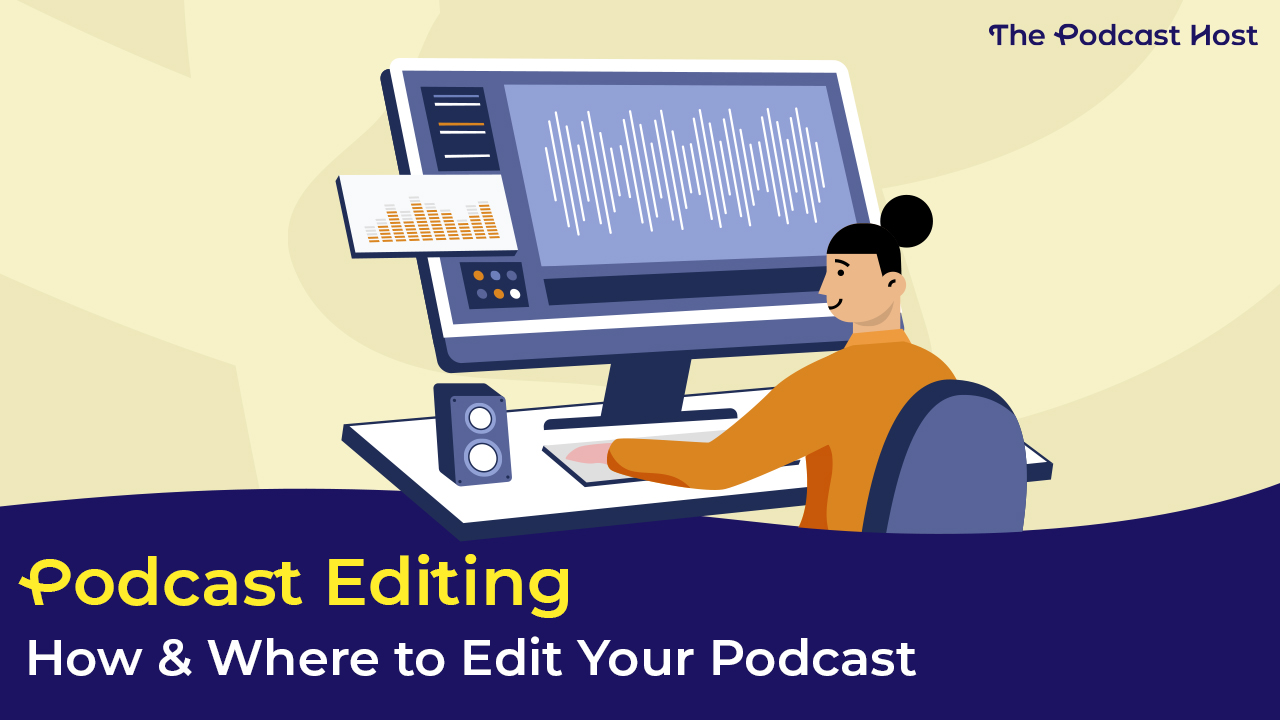What Does “Mastering” Mean in Podcasting?
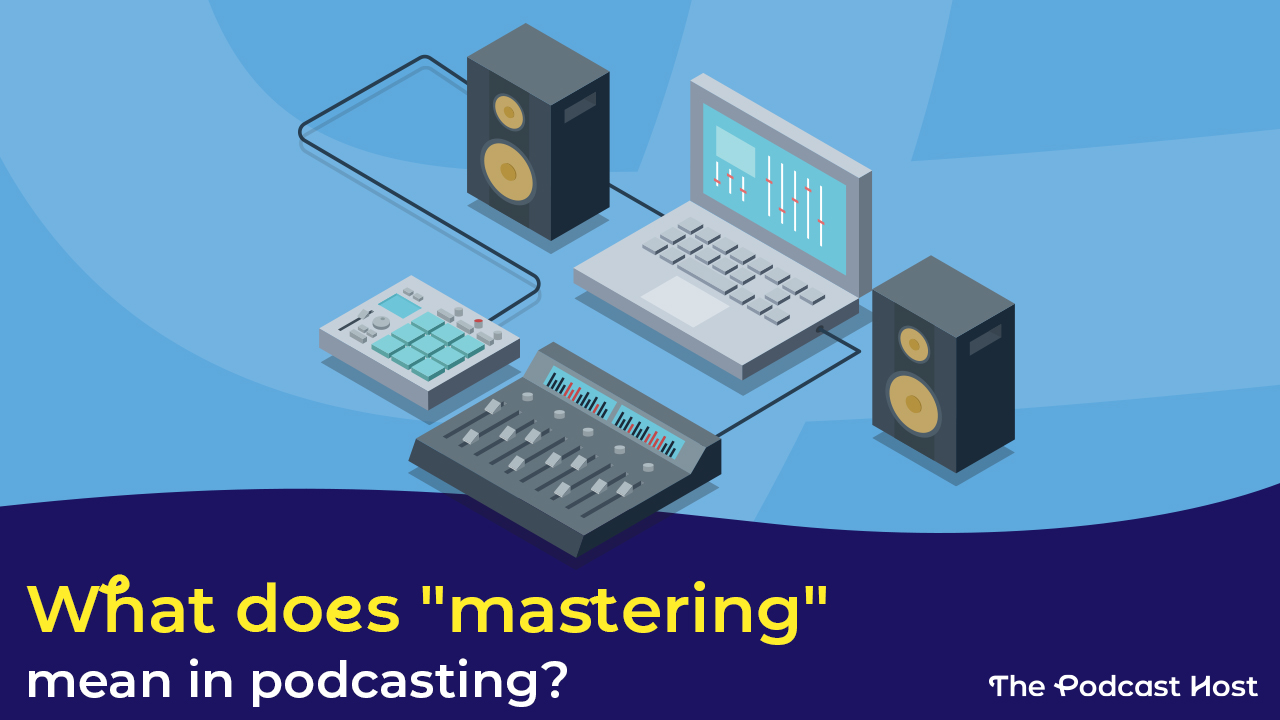
You’ve probably been editing your own podcast for a while now and are looking for ways to improve the sound quality. Chances are that when you research how to do this, you come across the word “mastering” and are unsure what it is or how it applies to your podcast. Maybe the image of a cartoon lion tamer with a whip pops into your mind. Think of it as a final polish to your audio quality and volume. It’s less whip-cracking and more taming. This post will simplify the complexities of mastering, especially why it’s important to do.
Why Does Mastering Matter to Your Podcast Listeners?
If you’re a musician, you’re probably familiar with what mastering means in that medium. Jonathan Hurley, Minister of Education for Hindenburg Audio, explains, “In music, the mastering process takes place after the final mix. It makes sure that the song is not skewed to one side when coming out of speakers. Perhaps most importantly, it’s to make sure that the song is optimized to play in all the formats that it will be played on.” Even if you’re not a musician, you can see the connection to podcast audio with this explanation. Balancing audio levels is important in audio. And that’s a large part of what mastering does.
The truth is, your listeners will usually notice your audio quality when it sucks. If the quality is consistent and easy to listen to, they’ll absorb and enjoy your content. For example, I’m sure you’ve heard (and been annoyed with) podcasts where:
- The volume was too low, and you could hardly hear what they were saying
- The volume between speakers was very different, and you had to keep adjusting the volume on your player
- There’s a constant static noise bed that’s distracting
- Other unwanted noises distract from what’s being said
- The voices may be muffled; there might be too much echo or other voice
- distortions exist
Are You Already Mastering Your Podcast Audio?
If you’re already using an AI mastering service like Auphonic to level, normalize, or fix any sound issues, then the answer is yes. This is also true if you’re using Alitu to edit your podcast. You can record and host your podcast on Alitu as part of this all-in-one podcast creation platform but focusing on the mastering side of it includes automatic noise reduction and volume leveling.
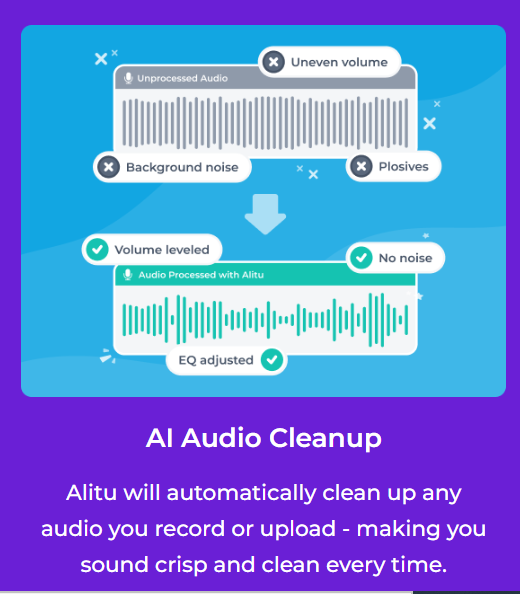
You can do many of these tasks in most Digital Audio Workstations (DAW) as well. But interestingly, not all of them. For example, you can set your LUFS in Hindenburg, Audacity, and some other DAWs. However, you can’t do this in Logic Pro. Logic users need to use a separate app to set their LUFS. I
As you can see, how you master your podcast audio in each DAW is quite different. But if you set your LUFS levels, do any compression or EQing, use an expander/limiter, or adjust loudness, you’re already mastering.
What’s the Difference Between Mixing and Mastering?
Many editors define mastering in relation to mixing because the two are so intertwined. David Sais, CTO of KaSa Media Productions, thinks of it this way. “During the mixing phase, you handle all the big adjustments, set levels between tracks, equalize (EQ) on each individual track, add compression on each individual track, etc. Whereas mastering involves handling everything as a combined file. This includes setting the level for the combined file, and doing small tweaks with EQ on the combined file.”
In the music space mixing and mastering are two separate final stages of audio production. But in podcasting, they aren’t always separate tasks. This feeds the confusion when we talk about mastering podcasts.
Some DAWs used for editing podcasts allow you to mix and master in the same step (when you render) and some don’t. Like all creative tasks, it’s complicated.
What’s Mastering?
As with everything in podcasting, there are many ways to achieve a task.
LUFS Is the Tip of the Podcast Mastering Iceberg
Chris Curran of Podcast Engineering School clearly explains in this Daily Goody post that: “In podcasting, the main role of mastering is to set the final audio level of the episode to -19 LUFS (if mono) or -16 LUFS (if stereo).” This is very clear and has a numeric goal that’s easy to shoot for. But, just like Chris said, this is “the main role of mastering.” It gets more complex.
Sweetening Podcast Audio Is More Than Volume
Despite the potential differences between music and podcasts, the type of tidying up you can do in both mediums is really similar. Matt Cheney, Founder and Chief Audio Monkey at KULT Media explains what mastering in both mediums can include. “Maximizing the dynamic range, sweetening and smoothing the frequencies, preparing for digital distribution, and ensuring consistency between the tracks.”
Podcast Mastering Is Super Quick
One potential difference between mastering in music versus podcasting is the time to complete the task. If we don’t include the audiophiles who love spending an hour or so on fine-tuning one small clip, mastering is usually a quick process in podcasting.
In fact, it’s usually the last 10-20% of the editing process. Freelance Producer, Eryn Levine, warns that the mastering phase, “… is NOT the time to make drastic changes. Use mastering to make sure the podcast is a seamless experience using compression and occasionally a gate to smooth out audio levels and add clarity.”
What Does Mastering Podcasts Look Like?
The reason for mastering is the same in music production and podcast production, but in podcasting, it’s usually a much simpler process. What needs to be done technically in podcasts is quite different. Handling a few vocal tracks versus many instrumental tracks can require different processes and tools.
The most important thing about mastering your podcast is that it does NOT have to be complicated.
If using Auphonic or Alitu work for your podcast workflow, then do that. That’s what I did with this audio clip that was accidentally recorded with my webcam mic instead of my Samson Q2U microphone. I used Auphonic to make the volume higher and more consistent. You can see how that looks by comparing the bottom input waveform to the top output. Auphonic raised my voice up so that it can be heard better on all devices and platforms.
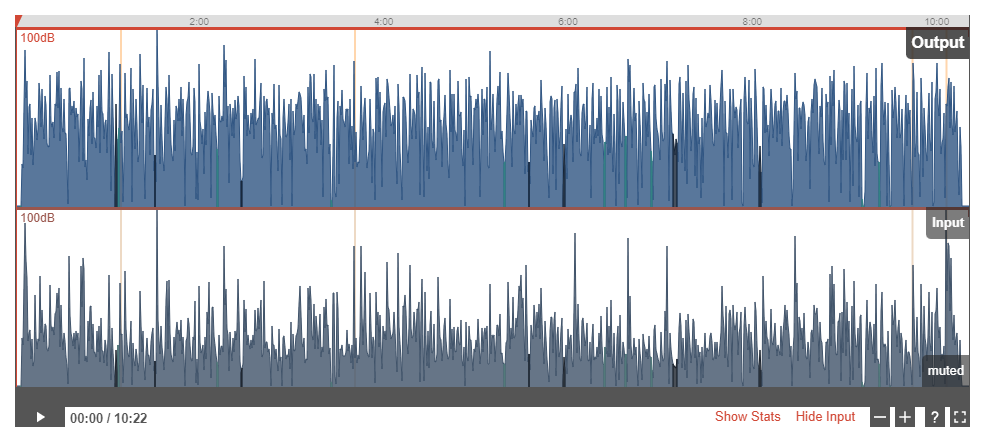
If you prefer to set your LUFS in your DAW, render and call it good, that’s fine. The important thing is that you make a conscious choice on how much you can and want to do in your mastering phase. The following examples are for folks who want more information, but they’re not meant to be examples of how complex to make things.
Specific Examples of Mastering Podcast Audio
If the variety in mastering techniques is of interest to you, check out the following detailed examples from these seasoned podcasting folks:
- How I Process Podcast Audio, Bandrew Says Podcast
- How to Mix Spoken Word Vocals in 2 Minutes, Joe Gilder-Home Studio Corner
- The Tireless Podcaster: 3 Keys to a Regular, Easy, Long Haul Podcast, The Podcast Host (33:44 to 46:25 cover leveling, noise reduction, and more in Audacity)
Put Your Best Audio Forward
Your audio quality can leave a good or bad impression. The audio quality is your ONLY means to make an impression. I know you’re wearing all the hats in your podcast: producer, editor, guest scheduler, show notes writer, and so on. Time is limited. But if you’re going to spend the time to capture these audio moments, it’s worth it to take a little more time to make sure it’s easy for listeners to consume your content.
